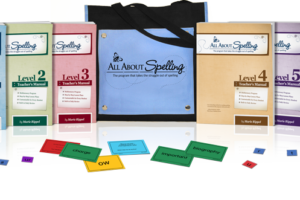I trust most everyone is well into ‘summer mode’ as our public school counterparts have long ago been liberated, and the gardening, traveling and recreational season post-Canada Day have reached full bloom. This season certainly brings changes to the tempo of life and as my family is rather new to homeschooling, the issue of whether to break for summer or not, is yet an unresolved theoretical question. (I chanced to meet one homeschooling mom during a spring conference who carries on through the summer with her kids – wow!) Maybe the real question is how much of the homeschooling routine should you take a break from over the summer? Obviously, one of the biggest challenges in the start-up of studies in September is overcoming mental lethargy and reestablishing basic routines of purposeful learning. So maybe there’s something to be said for carrying on. Don’t worry – I won’t be presenting any rigid position on this question…but it does make for good discussion! What follows is simply a list of some good ways of keeping your home learning culture active over the summer months.
1. Participate in a summer reading program at a library. Our local library awards the completion of a certain number of reading activities with tickets to a theme park…but let that not be our highest motivation! A program that allows for choice in reading material is preferable.
2. Give more time for bedtime reading. Children tend to go to bed a little later during the summer. Why not invest a bit more time with bedtime reading? I have begun the Narnia series with my five and almost four-year-old.
3. Continue simple reading and/or math exercises as a morning activity. Even 15-30 minutes of such exercises in the mornings can become a pleasant routine before the rest of the day’s fun. This can prevent regression in these basic skills and resuming the school year in September may be less of a shock.
4. Conduct a nature study. Although spring reveals life in flux, the opportunities are often greatest during the summer to explore, discover and collect interesting specimens in natures, whether they be insects, fungi, wildflowers, birds, pond live or whatever else piques the interest. Have your children keep a simple notebook for lists and sketches, not to create work, but so that each discovery can be preserved.
5. Use day trips, vacations and cultural activities as opportunities for writing. Musical and theatrical events and museum visits furnish plenty of material for reviews, personal memories and descriptive sketches. A long vacation could be a chance to keep a log of events; perhaps you can appoint a family journalist. Make writing celebratory, recollective, personal and something to share.
6. Begin reading for the next school year. I am thinking about high school and college bound students here. There’s nothing like a low-stress head start on upcoming studies.
There are plenty of other ideas you can think of, I’m sure, but the goal is to maintain a culture of constant learning in the home. In any event, have a safe and refreshing summer season!
By the way, if you were not able to visit our table during the conference season, you can still ask questions, order materials and enroll for courses simply by calling our office or sending an email.




